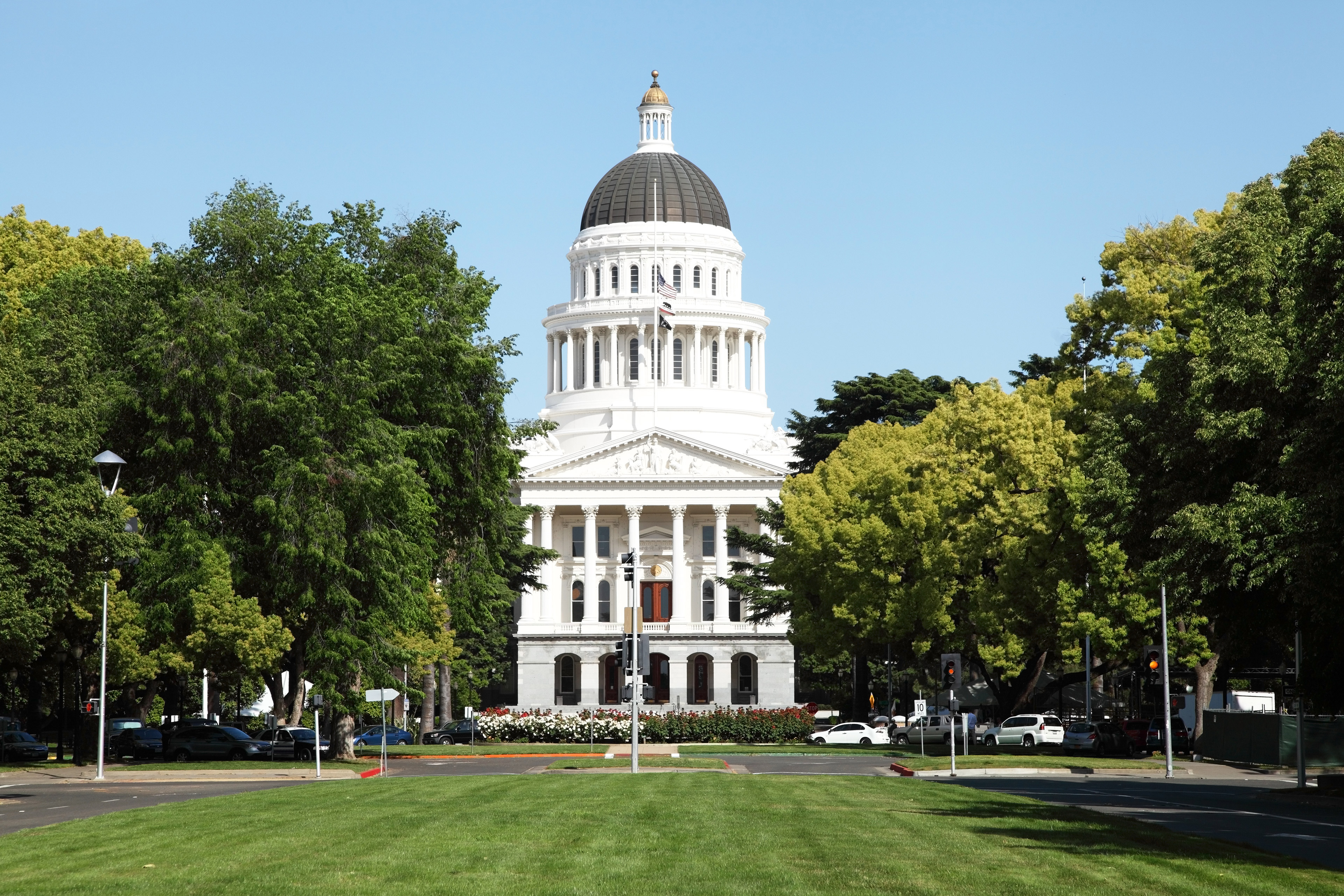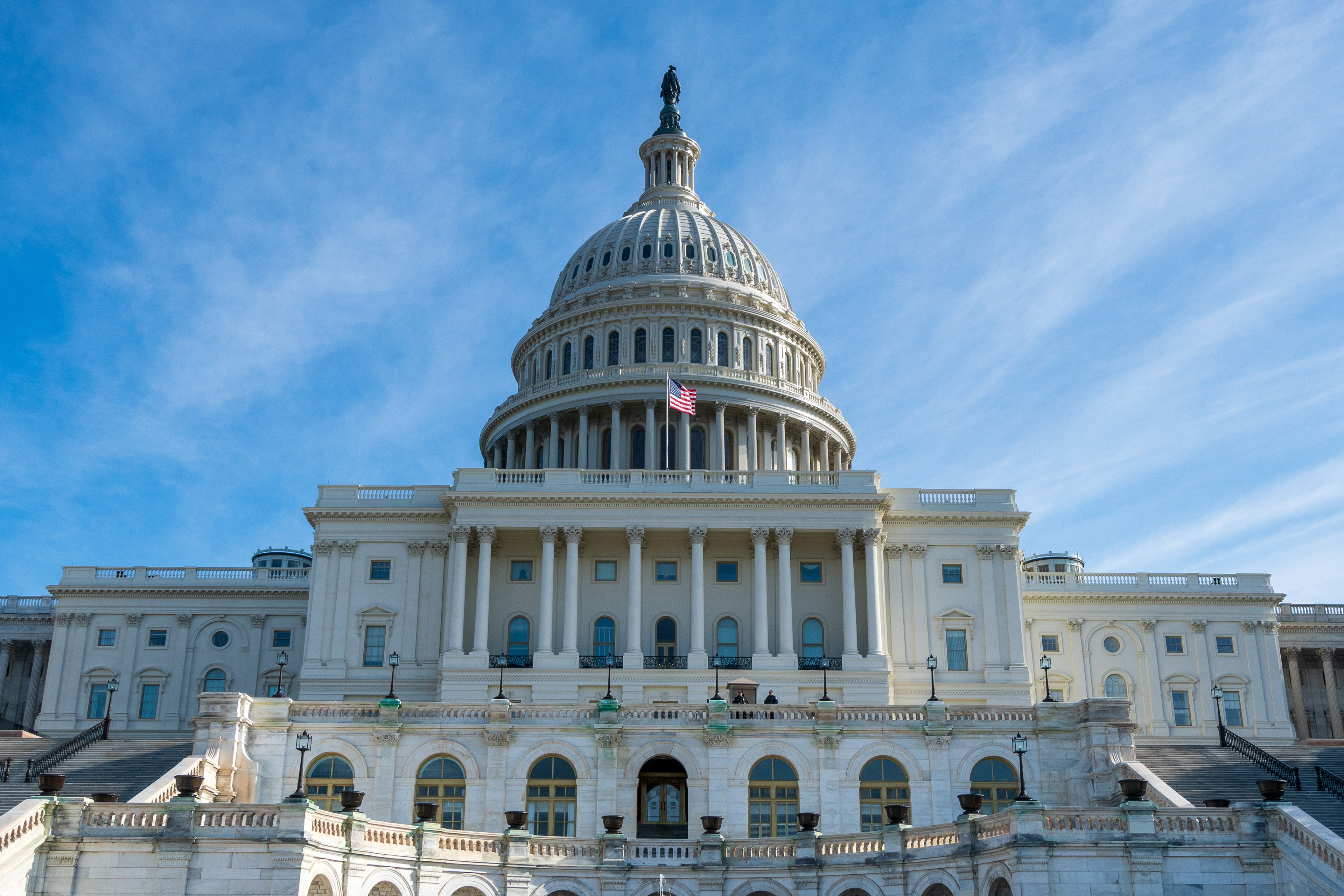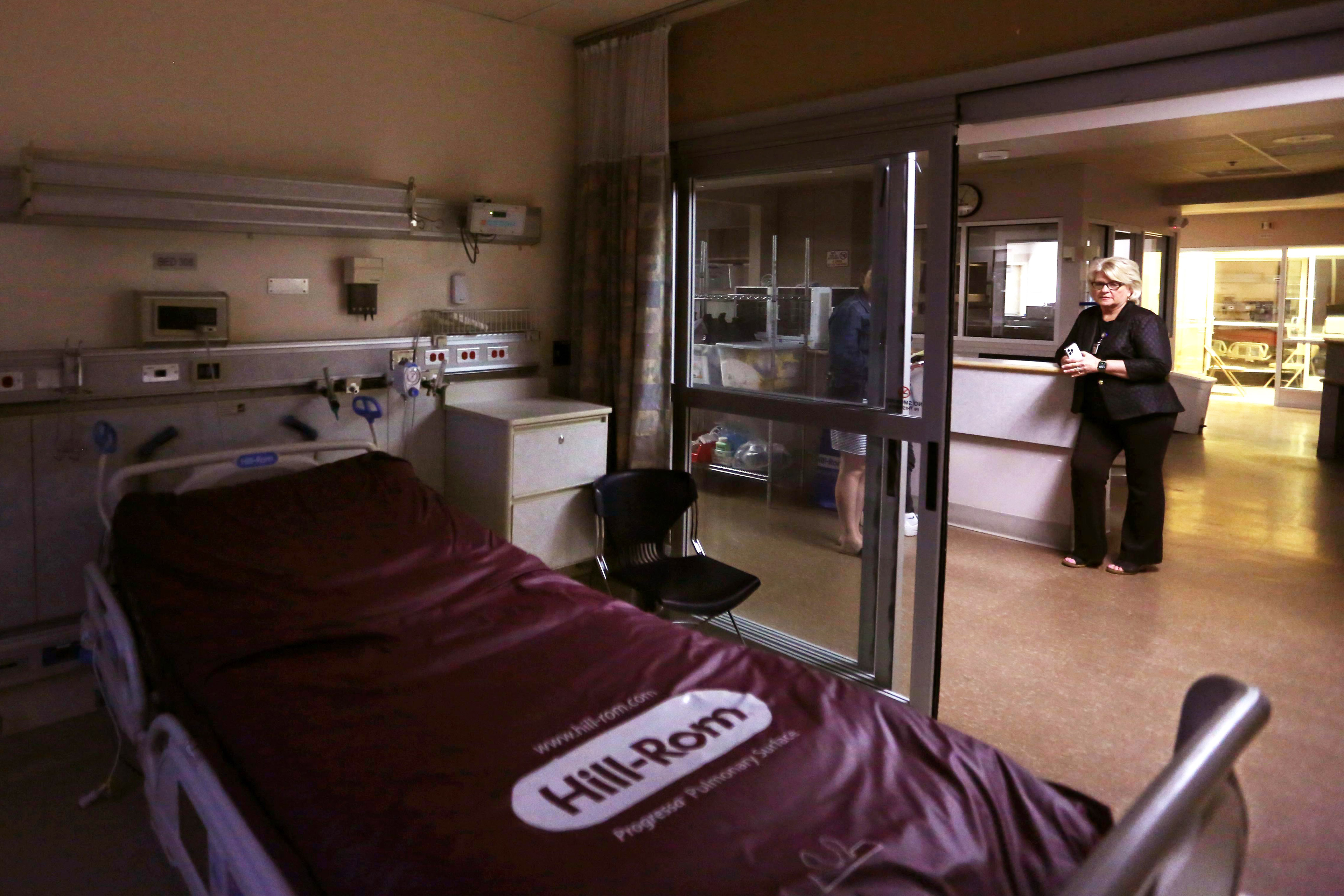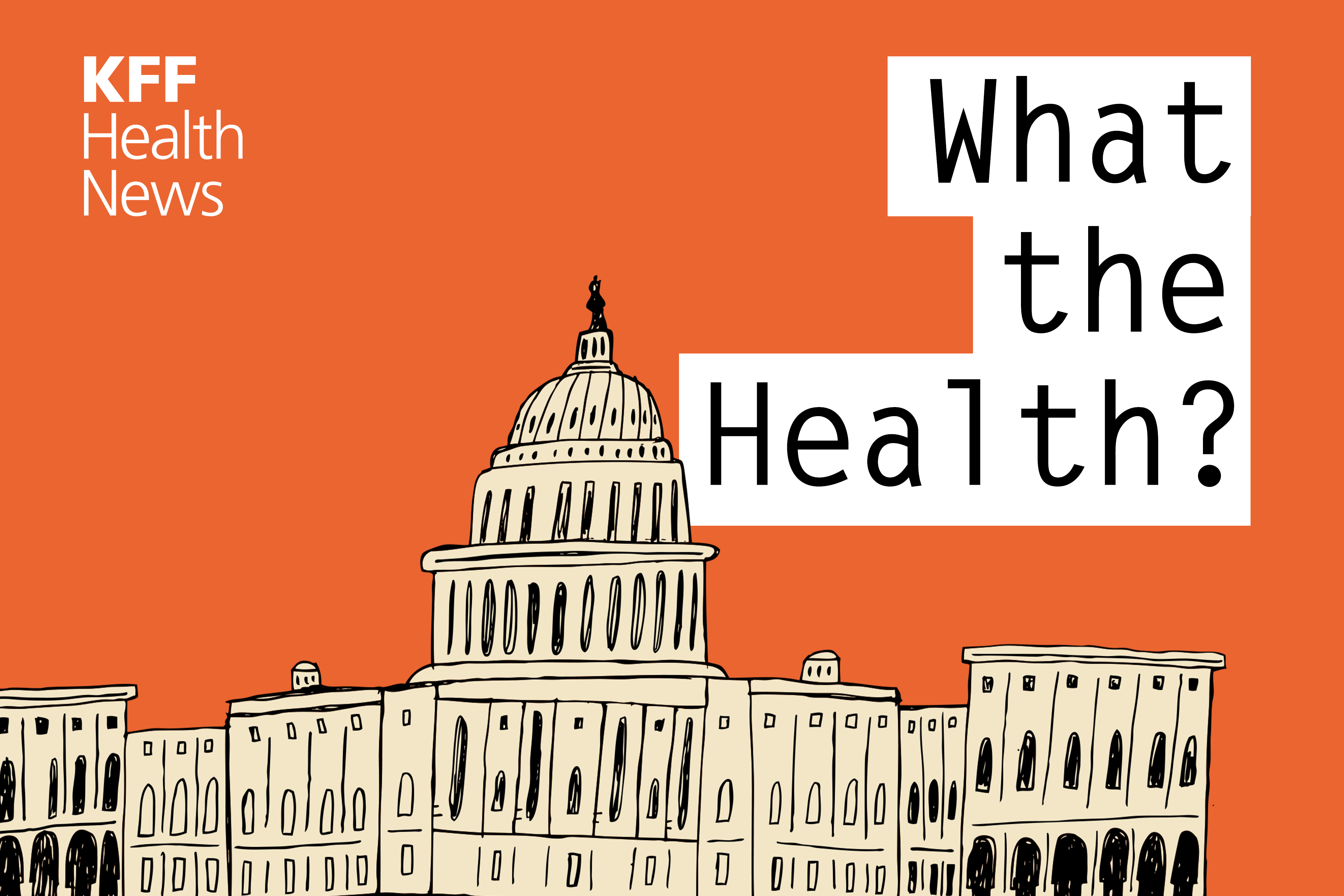SACRAMENTO, CA — California’s strong health care industry has achieved a historic victory. The state will commit $11.1 billion to improve care for millions of low-income Medicaid patients.
But the fierce money fight is just the beginning.
Top state health officials said they plan to direct most of the money toward higher payments for doctors, hospitals and other health care providers serving Californians covered by Medi-Cal, the state’s Medicaid program. But the framework, created as part of state budget negotiations this summer, lacks important details, prompting frantic lobbying among health industry groups seeking cuts.
Even while fighting for a share, industry leaders are quietly planning a November 2024 ballot initiative to lock in Medi-Cal payment increases. almost 16 million Californians — a staggering 40% population of the state.
Dustin Corcoran, CEO of the influential California Medical Association, which represents physicians, said, “We are addressing a decades-long systemic underfunding of Medicaid that has exacerbated the desertion and inequality of health care providers whose patients often require care in emergency rooms.”
Corcoran is also leading a coalition with Governor Gavin Newsom and fellow Democrats from Sacramento on how a combination of state and federal funds, to be distributed over six years, will be used.
“Despite these historic agreements, there are still parts of the health care system struggling to give patients the care they need,” said Corcoran. “The Coalition is committed to ensuring long-term stability and predictability in California’s refund rates.”
California boasts one of the lowest Medicaid reimbursement rates in the United States. It is frequently cited as a major reason many low-income patients are unable to access treatment and face excruciating waiting times, particularly for primary care, obstetrics and mental health appointments. (KFF Health News publishes California Healthline, an independent editorial service of the California Health Care Foundation.)
“That’s where the country is struggling the most,” she said. “Low rates are the reason doctors don’t take Medi-Cal patients or accept fewer patients.”
this deal at least 25 yearssaid Jennifer Kent. former director state Medicaid agency
Funding comes from a managed care agency tax levied since 2005 on health insurers doing business in California. Tax revenues that enable states to secure billions of federal health care dollars otherwise unavailable have previously flowed into the state’s general fund, which state leaders can use for whatever they want.
Under this deal, for the first time, Newsom and the Legislature have agreed to use this money to improve care for poor Californians. Of the $19.4 billion projected to increase in taxes between 2023 and 2026, $11.1 billion will go directly to Medi-Cal, and $8.3 billion will go to the General Fund to offset state spending on Medi-Cal, according to State Treasury Spokesperson HD Palmer.
The new money will start flowing next year and will set aside $820 million for initial rate increases for primary care, maternity care and mental health care, Palmer said.
From 2025 to 2029, the state will $2.7 billion One year according to the department. State and industry officials said they plan to direct some of the funds to expanding residency programs for low-income physicians, funding new beds for psychiatric patients, and increasing the staffing of other service providers such as nurses, mental health therapists and community health workers.
But most will go to rate increases for primary care and a range of providers and services, including hospitals and long-term care facilities, abortion and emergency services. We also desperately need to raise salaries for specialists such as psychiatrists and dentists.
Newsom and state health officials promised to direct the money to health care providers, but did not specify which ones would be raised, and there is no guarantee that the money will not be diverted to other programs. Medi-Cal, a massive program with a budget of $152 billion this fiscal year, is under tremendous pressure. The state continues to expand programs and provide more and more expensive services to more people despite the threat of a budget deficit.
“More guardrails need to be installed,” Congressman Vince Fong (R-Bakersfield) said at a legislative debate in June. “This shouldn’t be considered monetization.”
Newsom’s Health and Human Services Secretary, Mark Ghaly, acknowledged that while some providers and treatments may be skipped at first, the payment increase is an important step towards better access.
“Medicaid’s key providers will benefit,” Ghaly told KFF Health News. “There will always be people with questions and concerns. We hope to address them as we learn about them and listen to them.”
Ghaly said the tax would lift some Medicaid rates in California from the lowest to the highest in the country. He acknowledged concerns that the money could be diverted in the future, but said Newsom would spend it on Medi-Cal. “Who knows about the uncertainty of the future?” he said. “But we basically did as much as we could to get these changes into the way Medicaid was designed. As the man with the pen, the Governor of California is committed to that.”
The tax deal isn’t big enough to solve all of Medi-Cal’s problems, but it will improve patient care, said Charles Bacchi, president and CEO of the California Association of Health Plans, which represents private and public insurers.
“There’s a lot more work to be done with raising interest rates and deciding where to go,” Bacchi said. “We need to make sure that the money actually survives next year’s budget process.”
Some providers worry that they may be missing out.
“We argued hard for the inclusion of optometrists,” said Kristine Schultz, executive director of the California Optometric Association. For example, optometrists get paid on average about $39 to perform eye exams for new Medi-Cal patients, while Medicare reimburses $158, she said.
As a result, patients “can’t go in for months,” she said.
Ann Rivello, a trauma therapist in San Mateo County, also cited low rates and complex medical claims as reasons for not accepting Medi-Cal patients.
“I’ve been practicing for over 20 years and I don’t accept Medi-Cal even though it’s within my worth range,” she said.
Detailed rates for most health care treatments for Medi-Cal patients are not publicly available because they are privately negotiated by insurance companies and vary by region and health insurance plan. And the state has many bonus payments that it uses to supplement basic Medi-Cal rates, further blurring how much providers get.
Medi-Cal rates vary widely, but on average California reimburses 76 percent of Medicare rates, Phillips said. Next year, the state plans to increase the base payment rate to 87.5% of Medicare in three target areas: primary care, maternity and mental health.
As health care providers fight over some of the tax revenues, they say they want to avoid the same lobbying battles as states renew their taxes, which happen every few years. One option they are considering is a ballot initiative to anchor Medi-Cal funding into the state constitution next year.
Bacchi declined to take a position on the concept, but said insurers were “under review.” He argues that California “needs to make a long-term commitment to the Medi-Cal program.”
John Baackes, CEO of LA Care, the largest Medi-Cal insurer, supports the idea. He argues that permanently increasing Medi-Cal rates will help bridge the gap between Medi-Cal and private insurance coverage.
“The pandemic has shown that inequality is a matter of life and death. Because the people who get sick and die the most are people of color.” “We are fools if we continue to ignore them.”
this article KFF Health Newsposting California Healthlineeditorial independent service California Health Care Foundation.
KFF Health News is a national newsroom that produces in-depth journalism on health issues and is one of KFF’s core operating programs as an independent source for health policy research, opinion polls and journalism. Learn more KFF.
content use
You can repost this story for free (more details).




